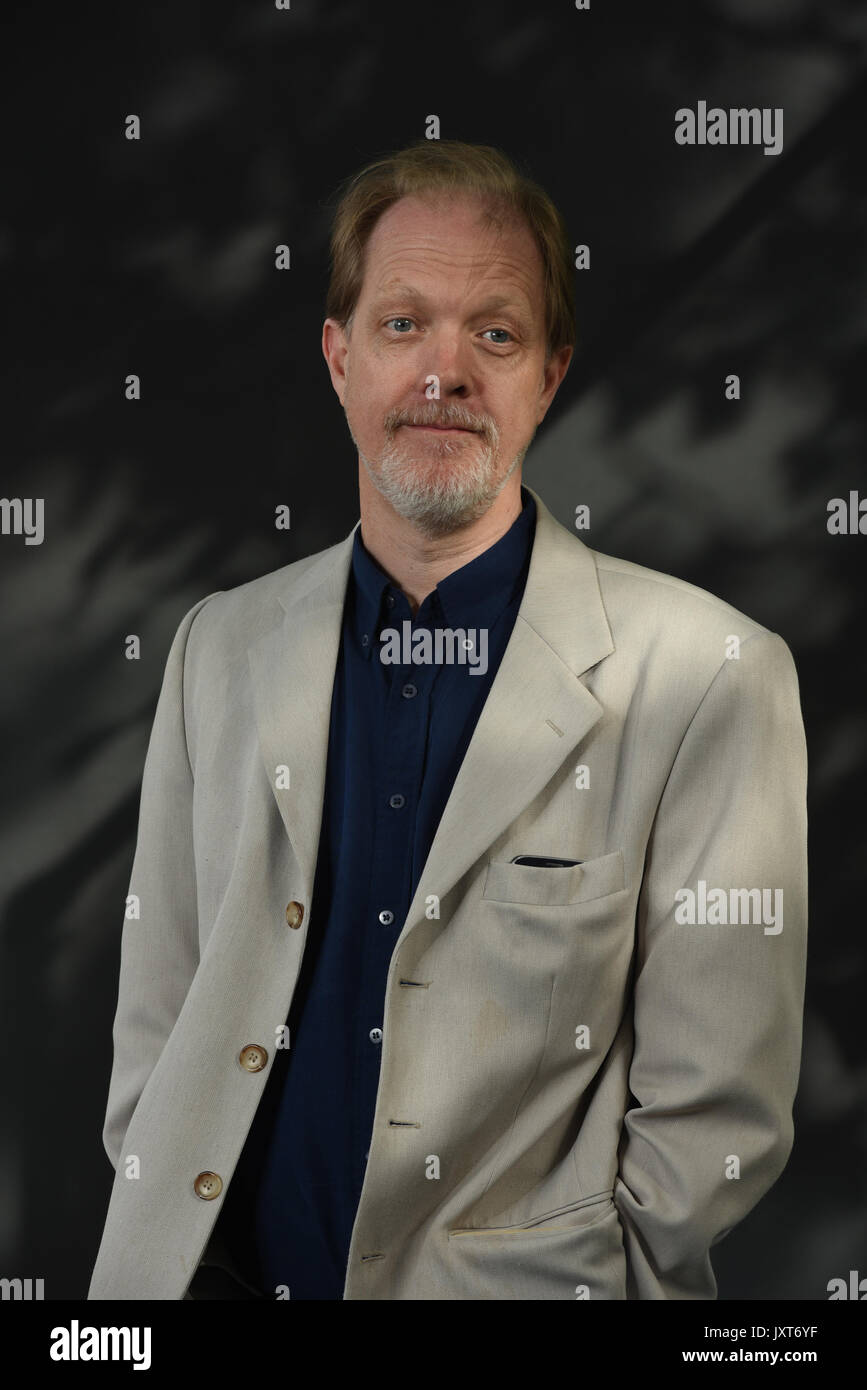

So, for instance, Darko Suvin’s common-sense definition of SF as determined by one or more novums, things that exist in the SF text but not in the real world (and therefore not in texts mimetic of that real world) is too often, I think, treated only on the level of the content of the text. I’m making a statement about the form, about the genre’s discursive structure.


The danger, here, is that people will assume that I’m saying something about the content of the genre. This genre I love is more like a poetic image than it is a scientific proposition. Kubrick’s cut is more like a poetic image than a scientific proposition and there you have it, in a nutshell, my definition of science fiction. But for now, and to be clear: I’m suggesting that this moment actualises the vertical “leap” from the known to the unexpected that is the structure of metaphor, rather than the horizontal connection from element to logically extrapolated element that is the structure of metonymy. I mean something particular when I say this, and I explain what I mean in detail below.

The jump-cut works, in other words, not by a process of rational extrapolation, but rather metaphorically. You are failing to grasp its imagistic potency. But when you start explaining the cut in those terms you become conscious that you are losing something, missing some key aspect to what makes it work so well in situ. It is, I suppose, saying something “about” technology, about the way humans use tools, about our habit of intrusively (indeed, violently) interacting with our environments, about the splendour but also the limitation of such tools, about the way even a spaceship is, at its core, a primitive sort of human prosthesis. Now, this seems to me an extremely beautiful and affecting thing, a moment both powerful and eloquent, even though I’m not sure I could lay out, in consecutive and rational prose, precisely why I find it so powerful or precisely what it loquates. The bone reaches its apogee and, just as it starts to fall back down, Kubrick cuts to a shot of a spaceship in orbit, AD 2001. The camera pans with it, following it a little shakily into the blue sky. You already know the context, so I don’t need to spell it out in exhaustive detail: millions of years BCE a primate throws a bone into the sky. It’s probably the most famous jump-cut in cinema. On those occasions when people ask me to define science fiction, I generally say it’s this: Prefatory Adam Roberts How I Define Science Fiction Fafnir – Nordic Journal of Science Fiction and Fantasy Research, Volume 6, Issue 1, pages 7–13.


 0 kommentar(er)
0 kommentar(er)
